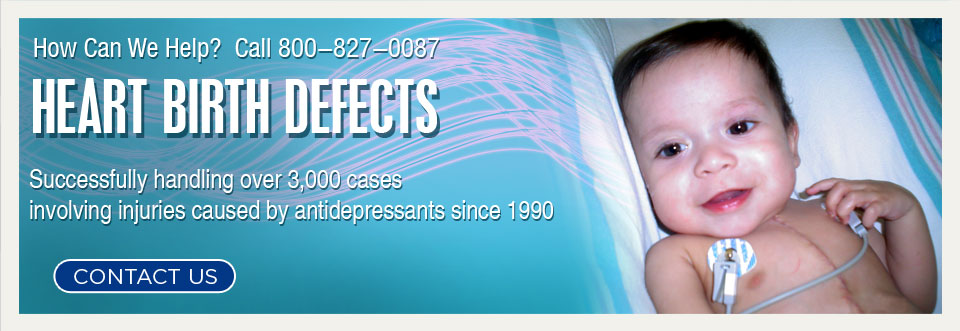Transposition of the Great Arteries

Overview
Transposition of the great arteries, also known as transposition of the great vessels, is a rare congenital heart defect where the aorta and the pulmonary artery are switched or reversed (transposed).
The aorta and the pulmonary artery are the two major vessels responsible for carrying blood away from the heart. When these arteries are reversed it results in a severe lack of oxygen in the blood.
Signs and Symptoms
Transposition of the great arteries is often diagnosed soon after birth or within the first weeks of life. Signs of this heart birth defect include:
- Bluish colored skin (cyanosis)
- Shortness of breath
- Poor feeding habits
- Fatigue
- Clubbing of the fingers or toes
Treatment
All infants born with transposition of the great vessels will require corrective surgery to move the pulmonary artery and the aorta to their normal places. Medication and/or catheterization procedures help manage the condition before corrective surgery is performed. The surgery, called the arterial switch procedure, will permanently connect both the aorta and pulmonary artery to their normal positions.
Causes
Genetic and environmental factors may increase the risk of this congenital defect.
Research has shown that the risk of congenital cardiac defects such as transposition of the great vessels increases when selective serotonin reuptake inhibitors are taken during the first three months of pregnancy.
|



